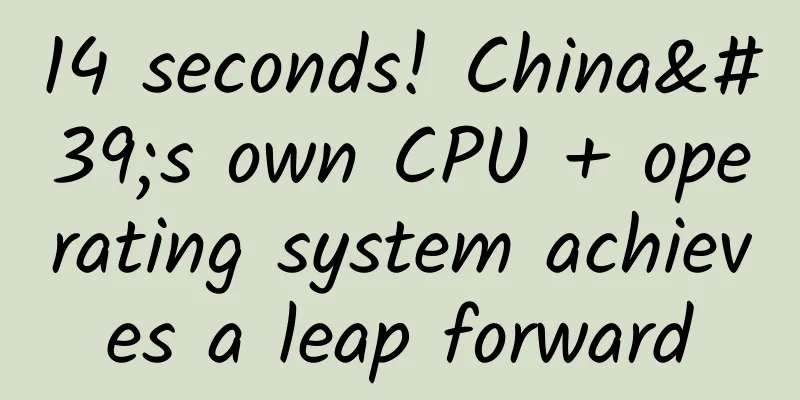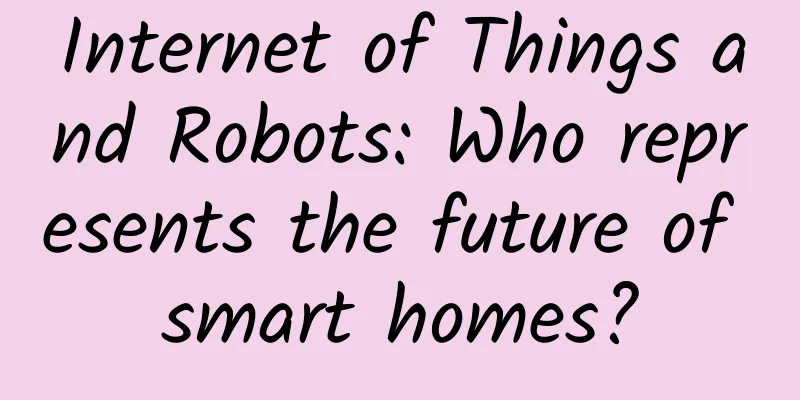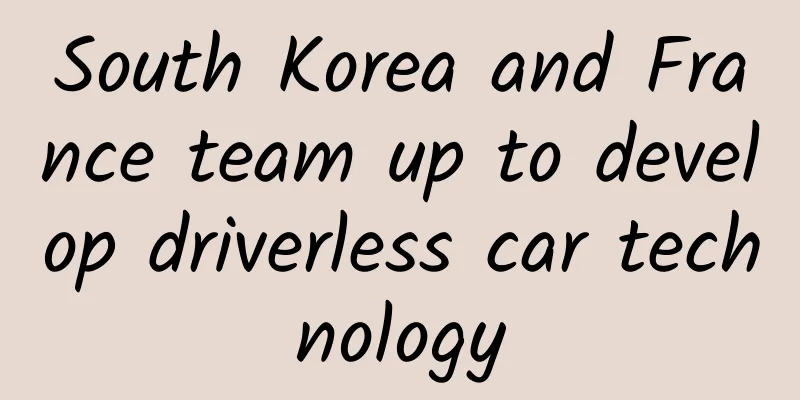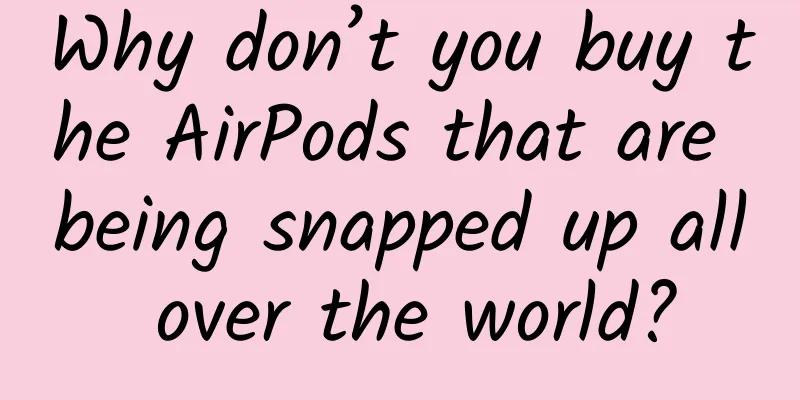Will Hisense's sponsorship of football matches again help it succeed in this sports marketing path that is different from Huawei's?
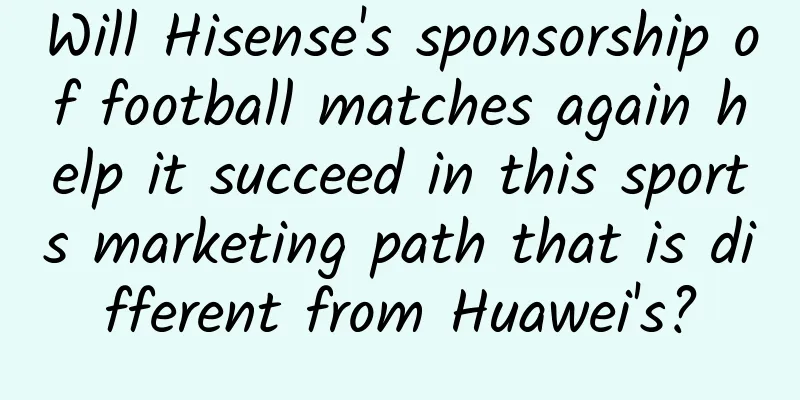
|
With the rise of smart TVs, Internet TV manufacturers have entered the TV market in a big way. The development of the living room economy has given the TV industry a second spring. But at the same time, the bottom prices repeatedly broken by cross-border price butchers have also caused the profits of domestic TV products to hit bottom again and again. It has become a consensus among domestic TV manufacturers to expand overseas to seek new market opportunities. The question that follows is how to establish a brand image and enhance brand awareness in overseas regions. In response to this, Hisense’s answer is to sponsor intercontinental football matches and engage in sports marketing. Following last year's US$50 million sponsorship of the European Cup, on April 6, Hisense announced that it would spend another US$100 million to become the official sponsor of the 2018 FIFA World Cup. Hisense's desire for overseas markets is obvious, and Hu Jianyong, general manager of Hisense Electric Co., Ltd., has made a grand ambition to "achieve that the overseas market will surpass the domestic market in terms of three aspects." It seems that Hisense tasted the sweetness of sponsoring last year's European Cup? The Data Rashomon of Hisense’s Football Marketing It should be said that football is an excellent overseas marketing medium, especially in Europe where football is regarded as a belief. A game often attracts thousands of people. Displaying a brand in major football events can not only demonstrate the brand's strength, but also highlight the brand's heritage. Not only Hisense, but also Huawei, which has an amazing brand recognition overseas, has also been active in football activities since 2011. However, Huawei's approach is completely different from Hisense's. Regarding the final effect of sponsoring the 2016 European Cup, Hisense stated in the article "Technology is the biggest bonus, Hisense Electric has grown by nearly 20% against the trend" that Hisense's popularity in the 11 surveyed countries increased from 31% to 37%, and brand awareness in five European countries, including the United Kingdom, Germany, France, Italy and Spain, doubled; awareness of Hisense TV's leading position in the Chinese market increased by 14 percentage points; in the European market, Hisense TV sales in the second quarter increased by 56% year-on-year and 65% month-on-month; Hisense 43M3000 shipments ranked first in monthly sales in the French market; on the German Amazon website, Hisense's 65-inch product is the best-selling single product among 60-69-inch products. It seems to be a brilliant achievement, but in the statistics of August 2016 from the well-known data research company WitsView, we can see that Hisense TV sold more than 6.1 million units by August 2016, a year-on-year drop of 21.4%, and did not rise sharply due to the influence of the European Cup as previously predicted by previous institutions. According to the full-year financial report released by Hisense last year, the European Cup, which cost 50 million US dollars, had little effect. Hisense's overseas gross profit margin increased by only 1.40 percentage points from the previous year, and operating costs rose by 23.18% due to the European Cup sponsorship. Marketing expenses accounted for 2/3 of overseas business, but revenue was only half of that in China. Compared with Huawei's overseas business growth rate and football marketing effect, it is a far cry. The Single-Point Breakthrough Strategy of Football Marketing In fact, Huawei's football marketing approach is also completely different from Hisense's way of sponsoring major sporting events. Chinese companies have a long tradition of sponsoring overseas teams to seek brand influence, from Kejian sponsoring the Premier League's Everton team in ancient times to Xtep sponsoring the La Liga "Yellow Submarine" Villarreal team, Li Ning sponsoring Sevilla and Espanyol, JinkoSolar sponsoring Valencia, Qiandaibao sponsoring Real Sociedad, and so on. Huawei also sponsors clubs including Atletico Madrid, Bundesliga Borussia Dortmund, Serie A AC Milan, Premier League Arsenal, Ligue 1 Paris Saint-Germain, Eredivisie Ajax, and Belgium Anderlecht. From the above, we can see that Hisense is keen on sponsoring large-scale events, while Huawei is rooted in the community. A club is a community, starting from the community and the enthusiasm of every fan. The difference between the two is quite huge. In fact, brands are often very cautious when sponsoring large-scale events, not because large-scale events are more expensive, but out of consideration for marketing effects. For example, Huawei specifically sponsors the second and third ranked football clubs in a certain region, which often has a miraculous effect. Not only does it avoid the high cost of sponsoring top teams, but the competition between the second and third ranked teams and the leaders is often more intense and more entertaining. In 2014, Atletico Madrid defeated Real Madrid. Due to the accidental result of the game, Huawei, as a sponsor, became the biggest winner, because on that day, fans remembered the chrysanthemum logo on the front of Atletico Madrid's jerseys, and Huawei has been famous in Madrid since then. Compared with Hisense's huge sponsorship of large-scale events, it prefers the single-point breakthrough model of local teams, which is more down-to-earth and closer to the target population. It is very effective in enhancing brand awareness and identity, and in fact it also plays a role in higher capital utilization. Of course, no matter what, all marketing methods should be backed by high-quality products. It is meaningless to talk about promotion without hard power. Yingli Group, a pioneer in the solar power generation industry in China, once ranked first in the world in terms of photovoltaic module shipments. It also spent a huge amount of money to sponsor the 2010 South Africa and 2014 Brazil World Cups, bringing the solar brand to the international stage for the first time. However, just two years later, Yingli is now facing a huge crisis of bankruptcy and liquidation. Hisense is betting on ULED and laser? In fact, it is helpless At the product level, Hisense's ULED and laser TVs, which have been vigorously promoted this year, have also occupied the front pages of major home appliance websites all year round. "ULED challenges OLED", "Laser TV occupies the large-screen TV market", and "Hisense masters independent core technologies" have always been its propaganda slogan. So what is the truth? The fact is, ULED and OLED are not technologies of the same level, although their names look similar; laser TV is more like a complementary product between projector and TV, and its prospects are unpredictable; Hisense’s so-called "core technology" is not "core" at all, and the concept of ULED and laser TV is more of a marketing tool to hype the concept. △The so-called backlight control is just a matter of backlight control and has nothing to do with the panel. ULED and OLED look very similar, but the principle of ULED is actually still LCD screen, just like LED TV, it is a technology that continues to work on the backlight system. The reason why it dares to challenge the self-luminous OLED is that it adopts a multi-zone independent backlight control system, and achieves the purpose of contrast close to OLED by adjusting the brightness of the backlight source zone. But it is still close, and it cannot achieve the infinite contrast of OLED's black area without light. OLED's path as the future display technology has also become clear. In comparison, ULED is more like a product promotion gimmick. In fact, Hisense not only relies on upstream manufacturers for panels that account for 70-90% of the cost of the entire TV, but its ULED technology's main backlight control technology can not only be seen in Sharp's products six years ago, but it cannot be compared with Sony's elite light control Pro technology. OELD is the next generation display technology, and ULED is just an optimization solution for LCD TVs. It still cannot get rid of the inherent physical defect of requiring backlight illumination. Factors such as afterimage, response speed, tailing time, and unrealistic colors cannot be changed. So why does Hisense spend so much effort on developing ULED? "Hisense is not unwilling to make OLED, but the main reason is that its panel supplier is not LG Display. Even if it also makes OLED TVs, it will be difficult to obtain good OLED panel supply resources." Zhang Bing, research director of iHS Display Search, said it all. That is, Hisense cannot use OLED panels mainly because it is limited by the lack of upstream voice, and the main promotion of ULED, a technology that has nothing to do with panels, is more out of helplessness. Hisense focuses on laser TVs because of the lack of low-cost solutions in the large-screen market. Although laser TVs still have the inherent defects of projection TVs such as insufficient brightness and poor clarity, their costs are much lower than those of LCD and OLED. However, its technology cannot replace the current display technology, let alone become the next generation of display technology. It can only be a supplementary solution outside the mainstream at present, and may be more suitable for commercial applications in the future, replacing traditional projectors in some occasions. Beyond Marketing: Hisense's Smart TV Dilemma Hisense has spared no effort in sports marketing and concept hype, and often calls itself the most successful traditional color TV manufacturer in the era of smart TVs. But in fact, Hisense TVs are not outstanding in terms of intelligence. In the era of Internet TV, while the TV market is undergoing a reshuffle, the way the game is played has also changed dramatically. In the past, the television market was still in the traditional commodity era, and the profit project of television manufacturers was simply to sell television products and earn the difference between cost and selling price. However, with the rise of smart TVs, TVs have begun to play the role of the living room entrance of the Internet, representing the rise of the living room economy. The profit model around smart TVs is also becoming more and more diversified, and channels such as content, advertising, TV shopping, and games have pushed the large-screen ecosystem to a higher dimension. It is precisely because they have gotten rid of their dependence on hardware profits that new Internet players such as Xiaomi and LeTV dare to use slogans such as "negative profits on hardware" and "breaking the bottom price". But in fact, Hisense TV has not really entered the smart TV market. Although Hisense TVs are equipped with its own customized Android system, Hisense UI, it seems to have already stepped into the door of the large-screen ecosystem. However, due to the stability issues of Hisense UI itself, frequent shutdowns and unresponsiveness have pushed users to embrace Android TV boxes. The rule that software maintenance is not within the scope of after-sales service has further undermined these users' confidence in the Hisense brand. In addition, in the hands of more middle-aged and elderly users who recognize the Hisense brand, Hisense TVs are still connected to cable TV. In their eyes, Hisense TVs have become channels for playing videos, and this concept has blocked Hisense's channel for monetization through smart TV services. In recent years, China has begun to take the lead in science and technology and manufacturing. We have seen that "Made in China" is slowly changing to "Smart Manufacturing in China". The intelligentization and Internetization of color TVs have given us the best opportunity to overtake others, and we should also seize this opportunity more carefully. With the help of the sports marketing model, gradually expanding the popularity and influence of Chinese brands overseas is a necessary process, and manufacturers such as Huawei and Lenovo that have already gained international recognition have also experienced it. However, Hisense's sports marketing policy for the European Cup and the World Cup was off track, and the over-hype of the concept cast a shadow on its future. Behind the marketing, Hisense's shortcomings in TV products, its short-sightedness about the future and technology, and its lack of voice in the upstream supply chain will all have a negative impact on Hisense itself in the future. As a winner of Toutiao's Qingyun Plan and Baijiahao's Bai+ Plan, the 2019 Baidu Digital Author of the Year, the Baijiahao's Most Popular Author in the Technology Field, the 2019 Sogou Technology and Culture Author, and the 2021 Baijiahao Quarterly Influential Creator, he has won many awards, including the 2013 Sohu Best Industry Media Person, the 2015 China New Media Entrepreneurship Competition Beijing Third Place, the 2015 Guangmang Experience Award, the 2015 China New Media Entrepreneurship Competition Finals Third Place, and the 2018 Baidu Dynamic Annual Powerful Celebrity. |
<<: GAC Honda announces acquisition of Honda China
>>: A major reshuffle of the top 15 automakers in November 2017
Recommend
Changan Mazda MAZDA EZ-6 sets new value standard for new energy joint ventures, makes global debut at Beijing Auto Show
On April 25, Changan Mazda's first electric s...
I wrote a few more words on the ad landing page, and the conversion cost doubled. The boss was so distressed that he cried...
Not long ago, I participated in a click test on a...
From Himalaya’s “123 Carnival”: How can content payment continue to explode?
As of 6 a.m. on December 1: Himalaya's "...
WeChat actually wants to have its own input method? Is it really necessary for WeChat to have a keyboard?
Recently, some netizens broke the news that WeCha...
Yellow fog warning! Please pay attention when traveling →
According to the website of the Central Meteorolo...
ocpc delivery, 5,000 words of experience summary
Without further ado, we will start the knowledge ...
Are peaches high in iron? Can eating peaches really help you replenish iron?
"Peaches are high in iron, and eating peache...
Financial product operations: 4 key conversion funnels you must know
People tend to be wary of financial products. Aft...
Birthday wishes to an African friend. How did you make the video of a black person saying happy birthday?
The creative videos of African friends have becom...
Operational Tips: 11 indicators to pay attention to at each stage of mobile financial app operation
China's mobile financial Internet industry ha...
What should I do if I don’t know how to perform data analysis for information flow advertising optimization? The answer is here...
Daily life of an information flow advertising age...
The dual face of vivo: conservative in mobile phones, radical in Internet finance
In November 2011, three months after the release ...
How much does it cost to develop a cake shop WeChat applet? WeChat Mini Program Development Price
How much does it cost to develop a cake shop WeCh...
Video websites usher in the era of self-made "big" and feeding back to all media may become a trend
With less than two months left, the embarrassing ...
Luohe SEO training: Internet promotion company analyzes the impact of website traffic ranking on SEO
Rather than saying that SEO personnel expect keyw...





